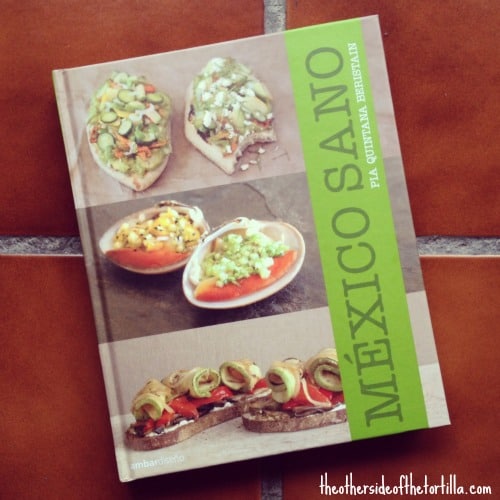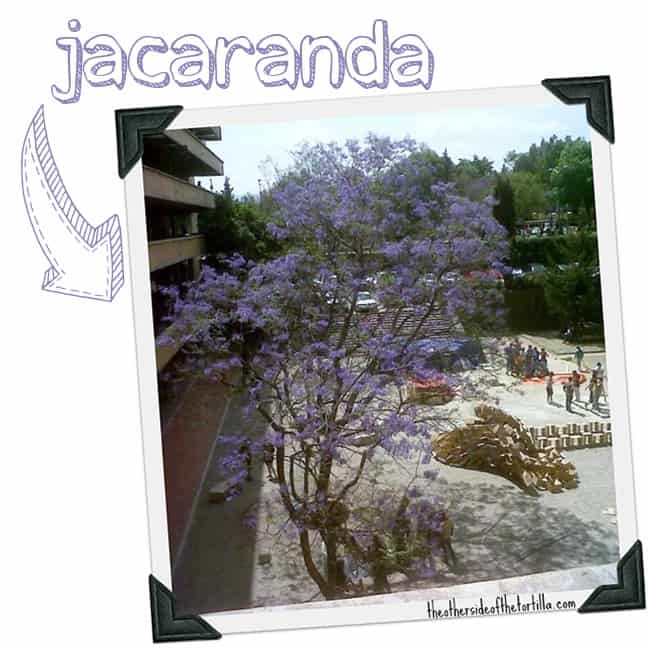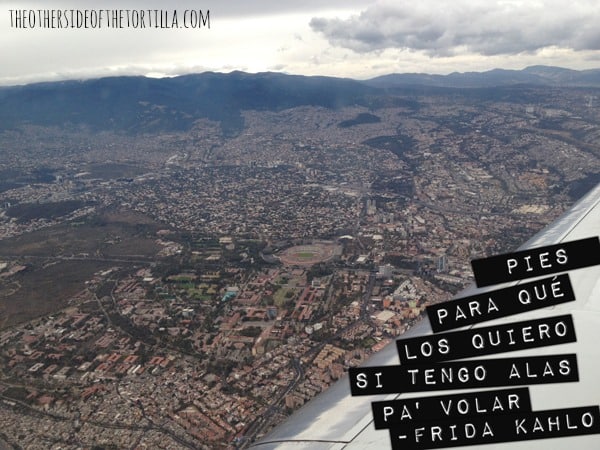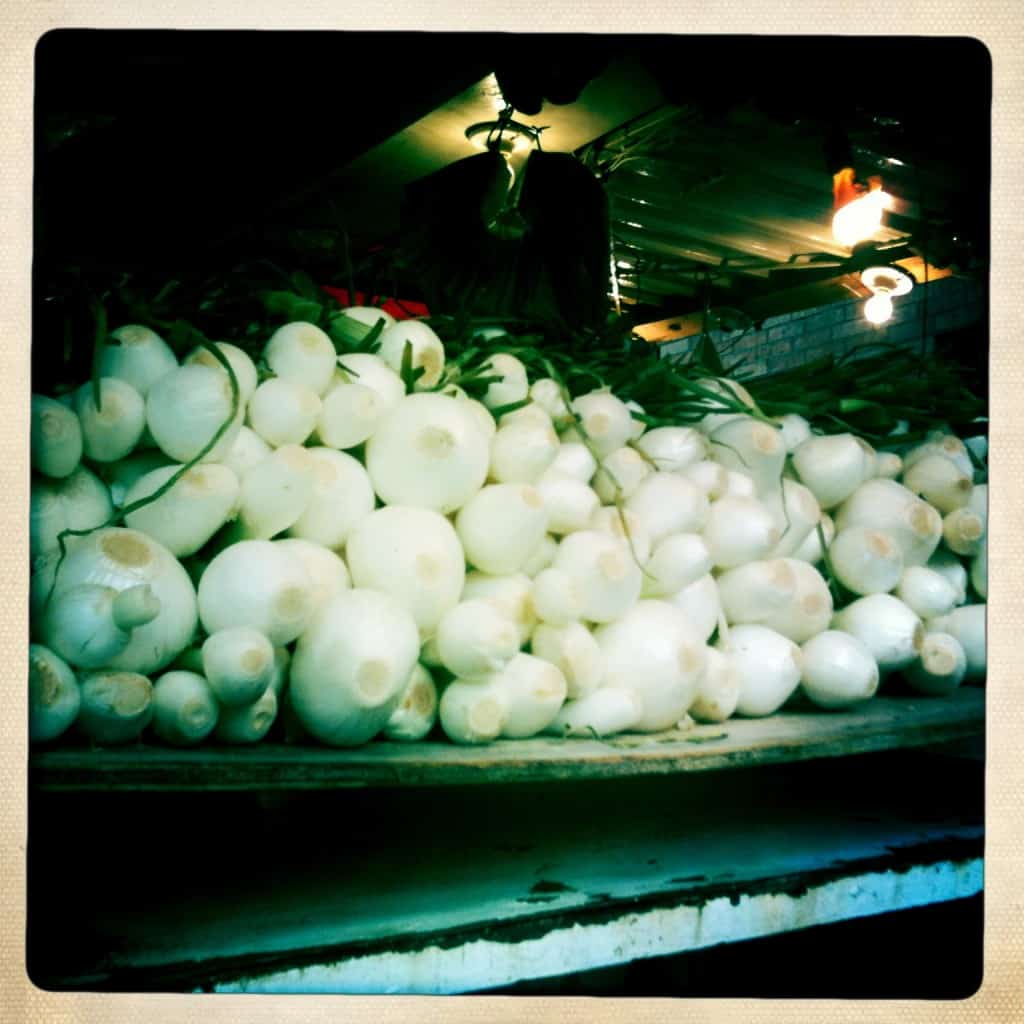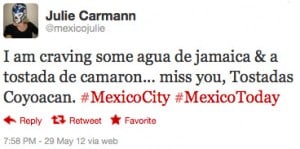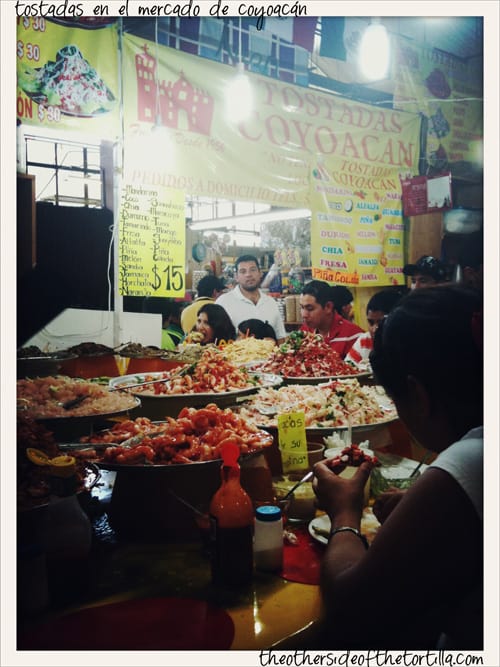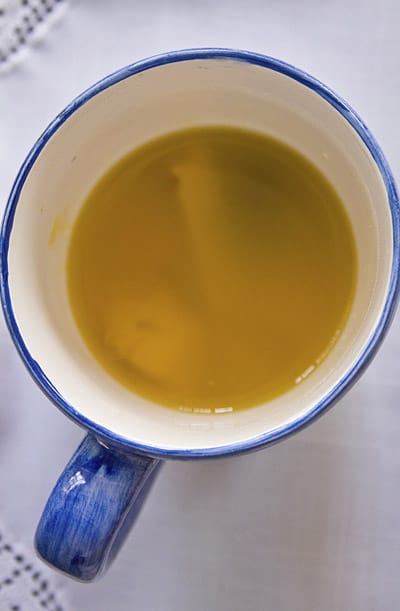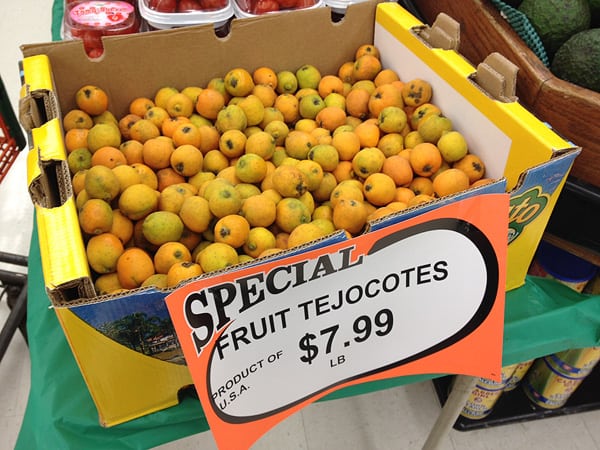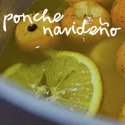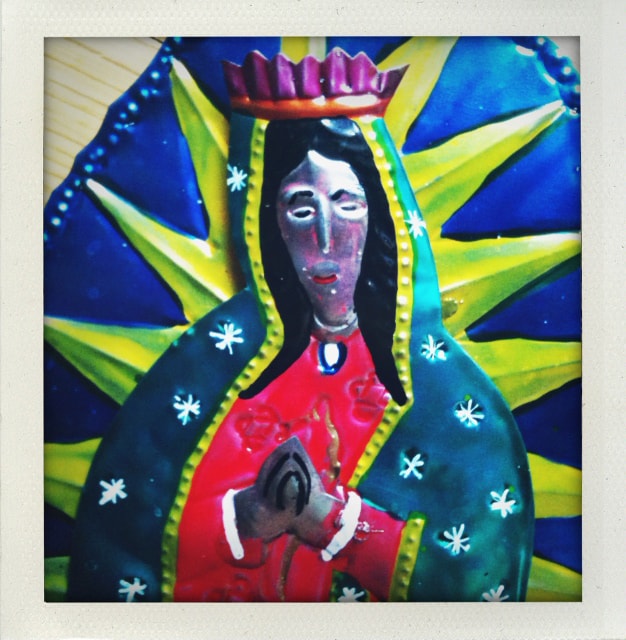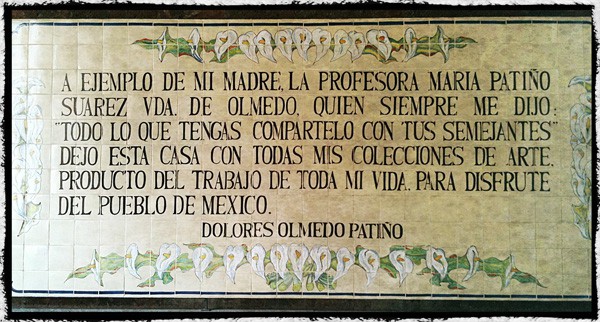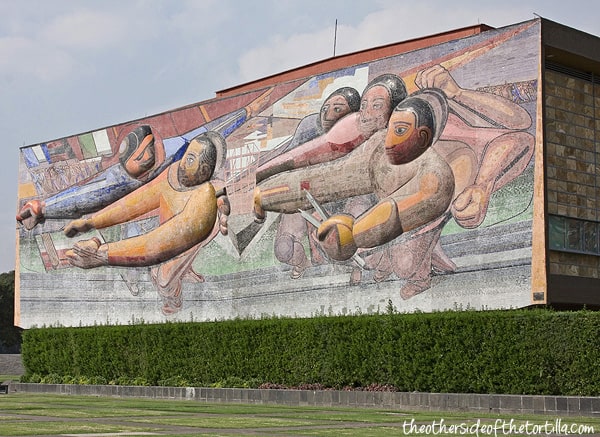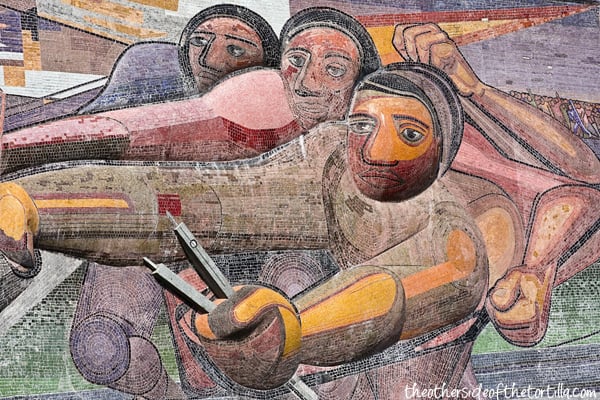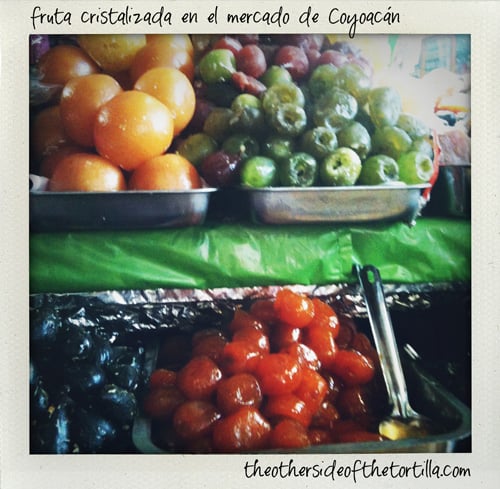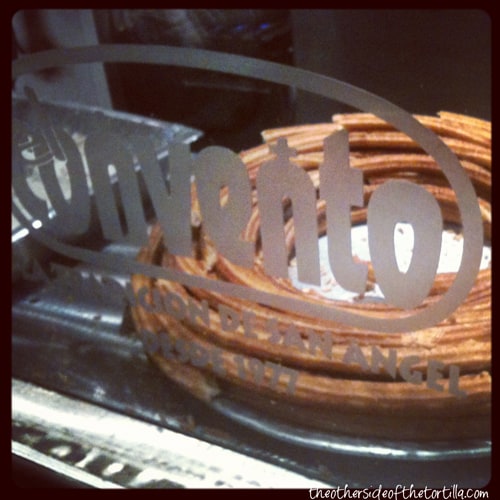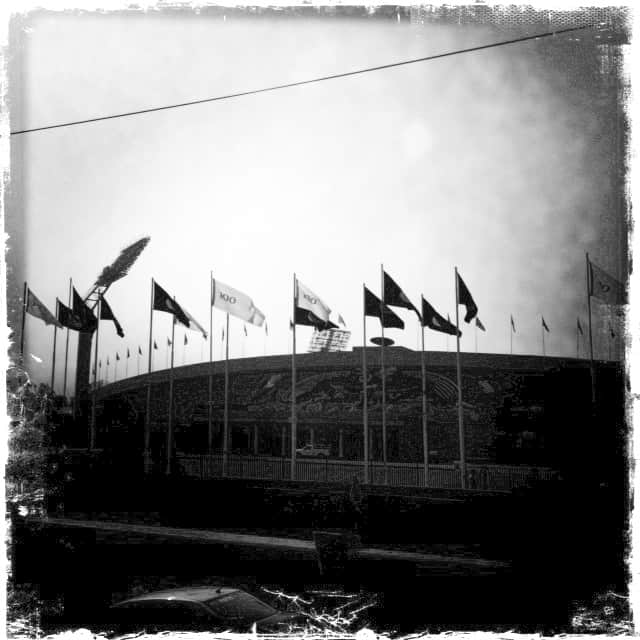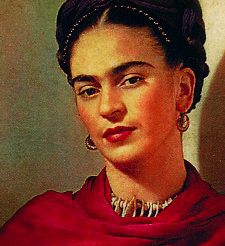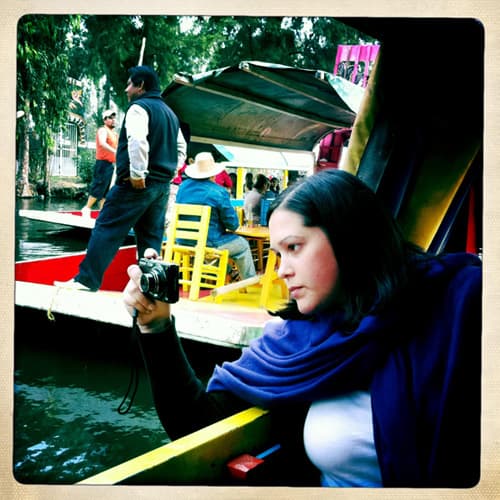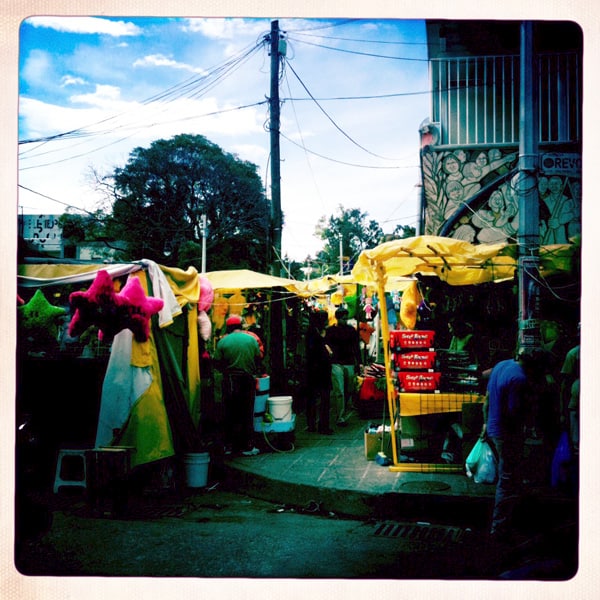El Charco de las Ranas has been the gold standard for “nice” tacos in Mexico City for more than 30 years. And I mean “nice” in the most Mexican of ways.
This often-imitated small chain does many things and does them right, every single time. From humble beginnings on Av. Río Mixcoac where they mainly doled out the classic tacos al pastor and bistec, they now have a 150-item-plus menu that ranges from breakfast classics such as huevos divorciados for breakfast to a very solid pozole for the overnight crowd. Our family always goes to the original location so I can’t speak to the one in Pedregal.
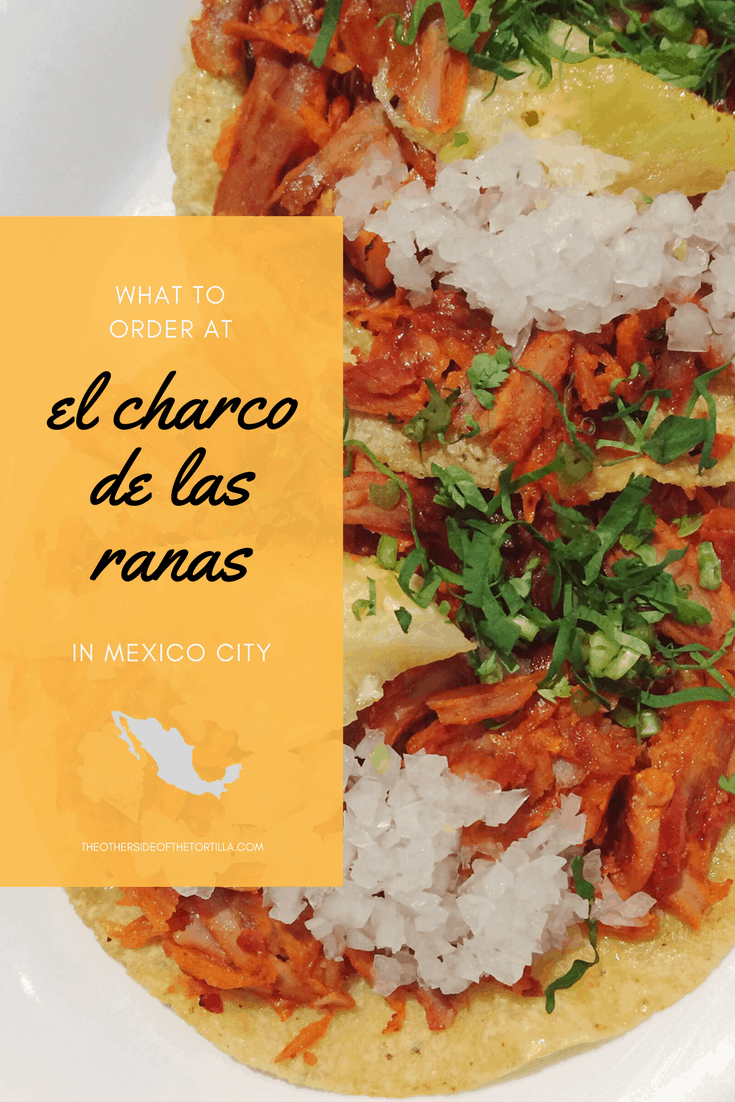
But their tacos al pastor deserve special attention. Neither lovers nor haters will ever call them “bad,” or anything worse. They’re huge though, so order fewer, as one of their “traditional” tacos usually make up three or four of any other taco they serve. …
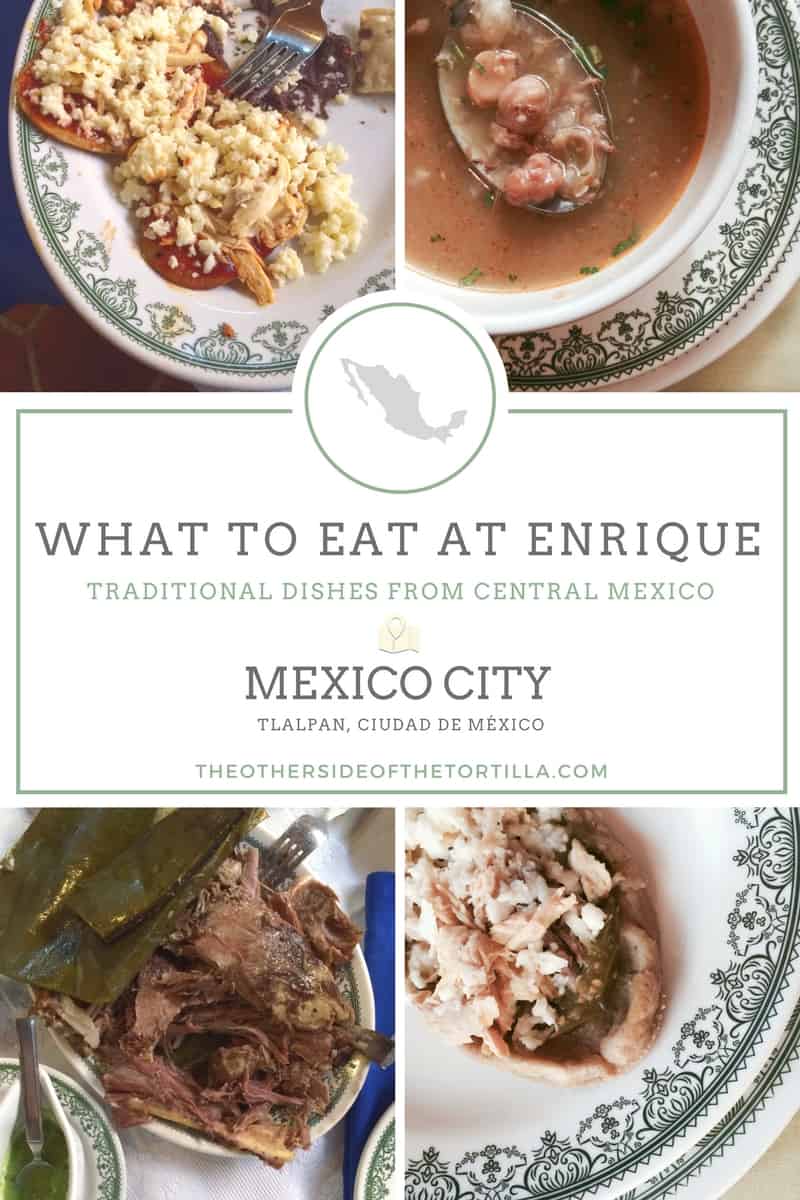
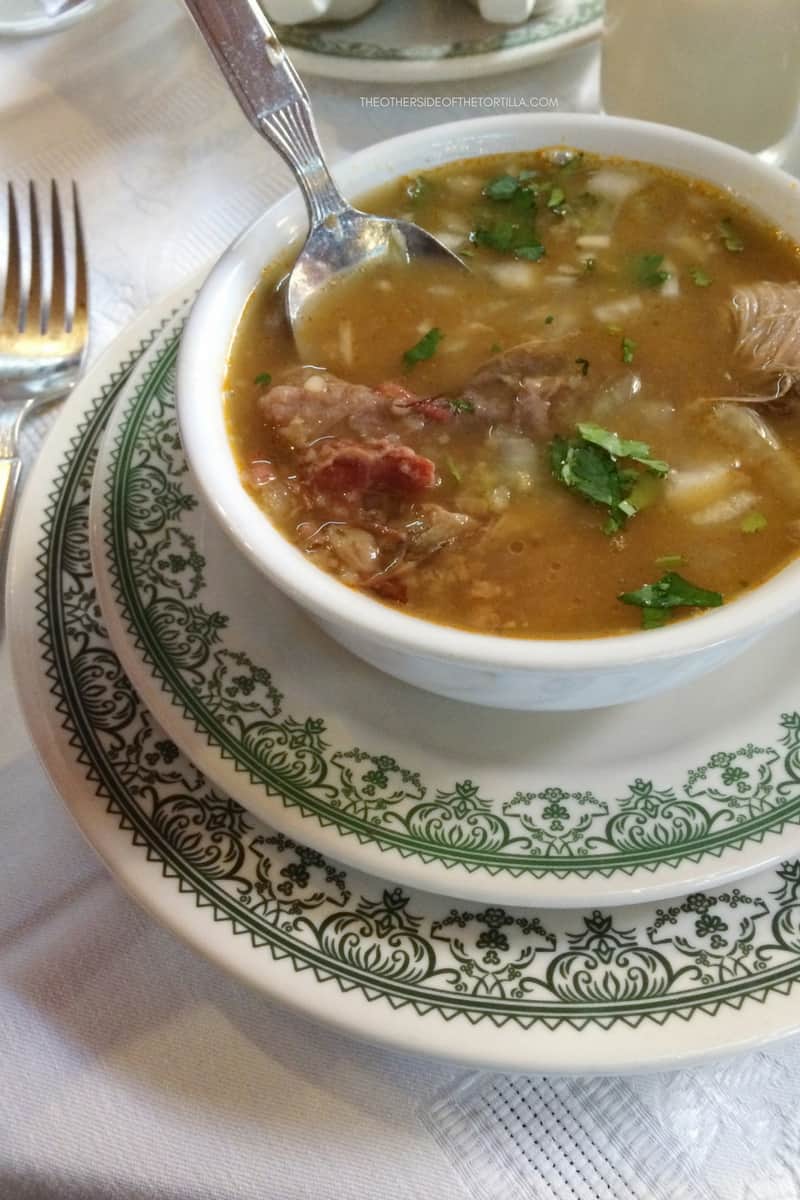
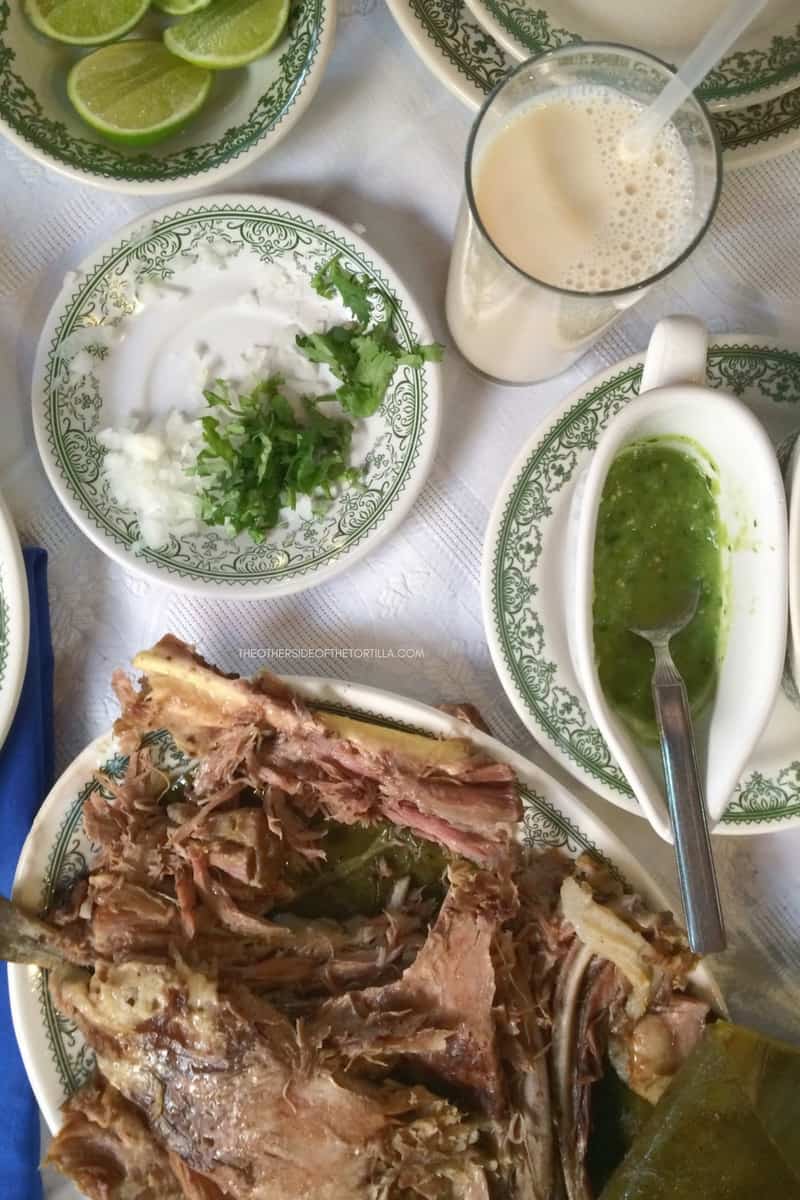
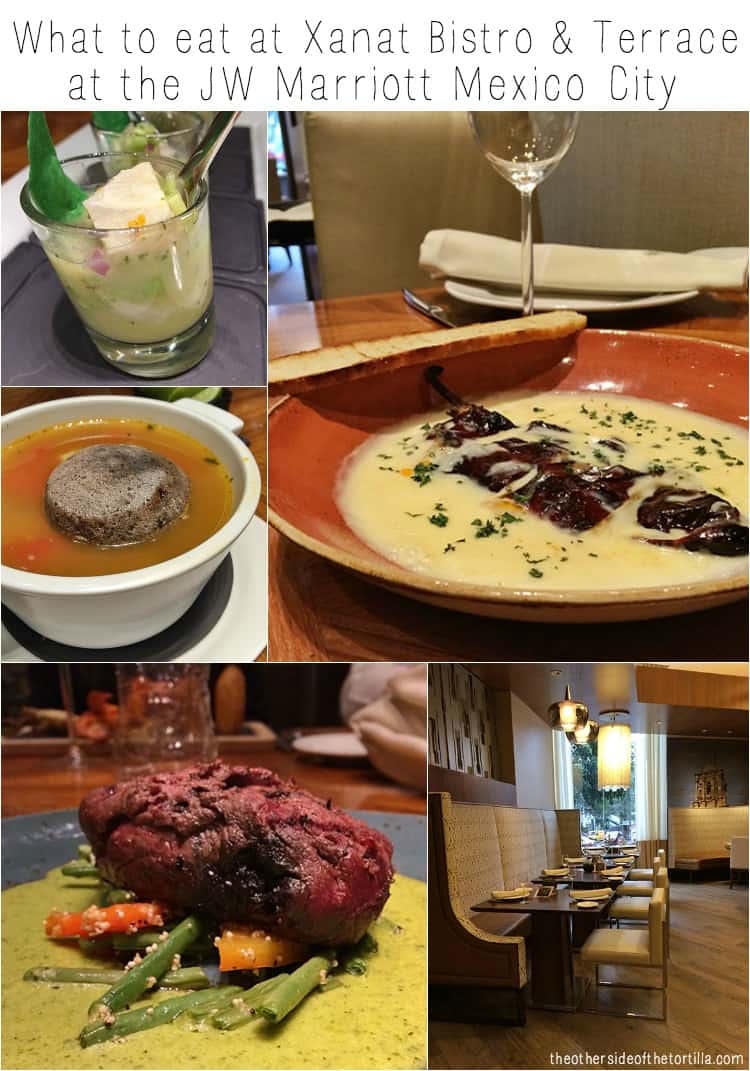
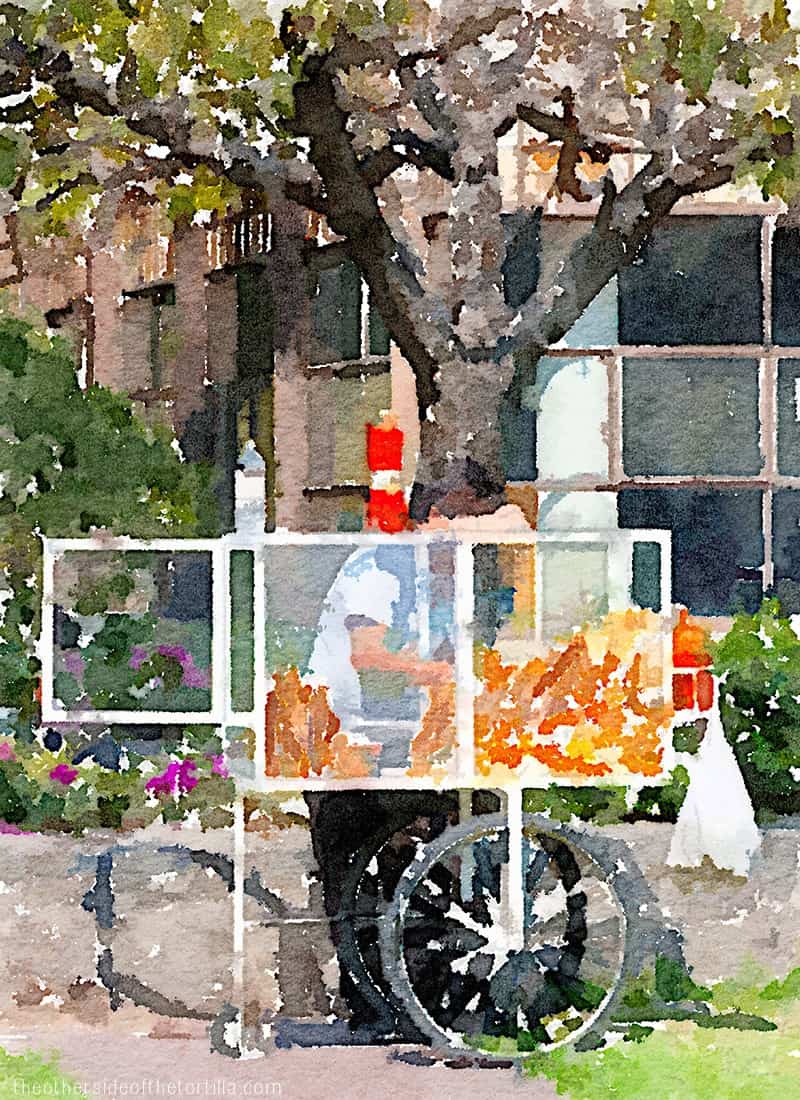 …
…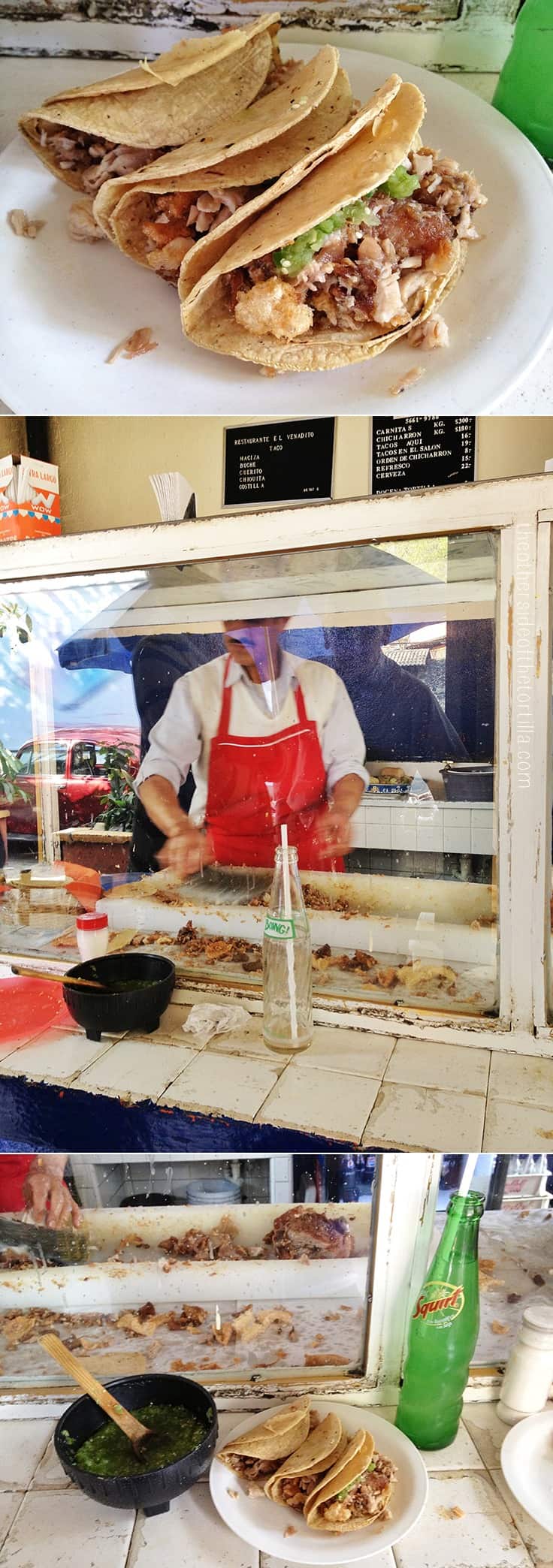 …
…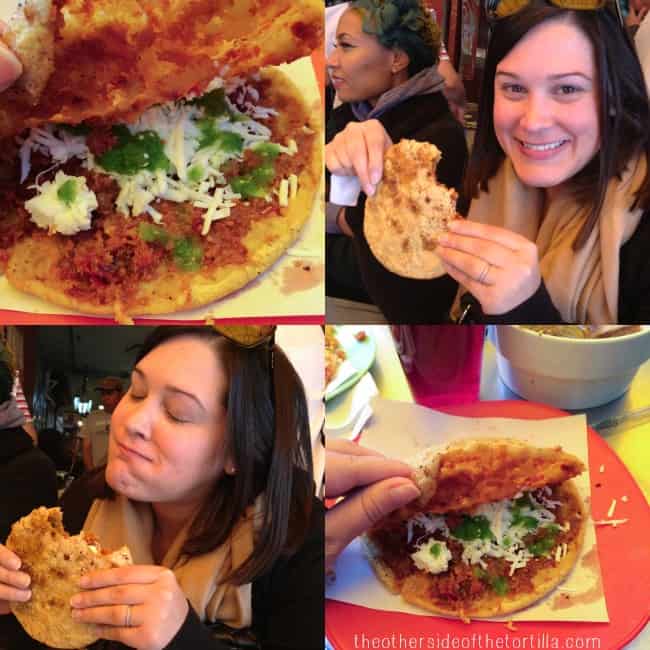 …
…
